Here you will find an ever increasing range of articles covering technique and tips on using our cameras and lenses.
Wildlife photography is always a challenge, the light, the nature and of course the animals have to harmonise perfectly in one moment.
In winter, there are other aspects that demand even more from the photographer than in other seasons. The cold makes you tired more quickly, your concentration wanes and every step in the snow requires more energy.
When you are standing in the cold at -10 degrees and waiting, sometimes you ask yourself why am I doing this? The answer to this is simple, you need a great deal of passion to get things done that you wouldn't do otherwise.
Nevertheless, for me winter offers the most exciting and beautiful light moods of the whole year. The sun is low and the sunrises and sunsets are long and intense.
Picture chamois from far
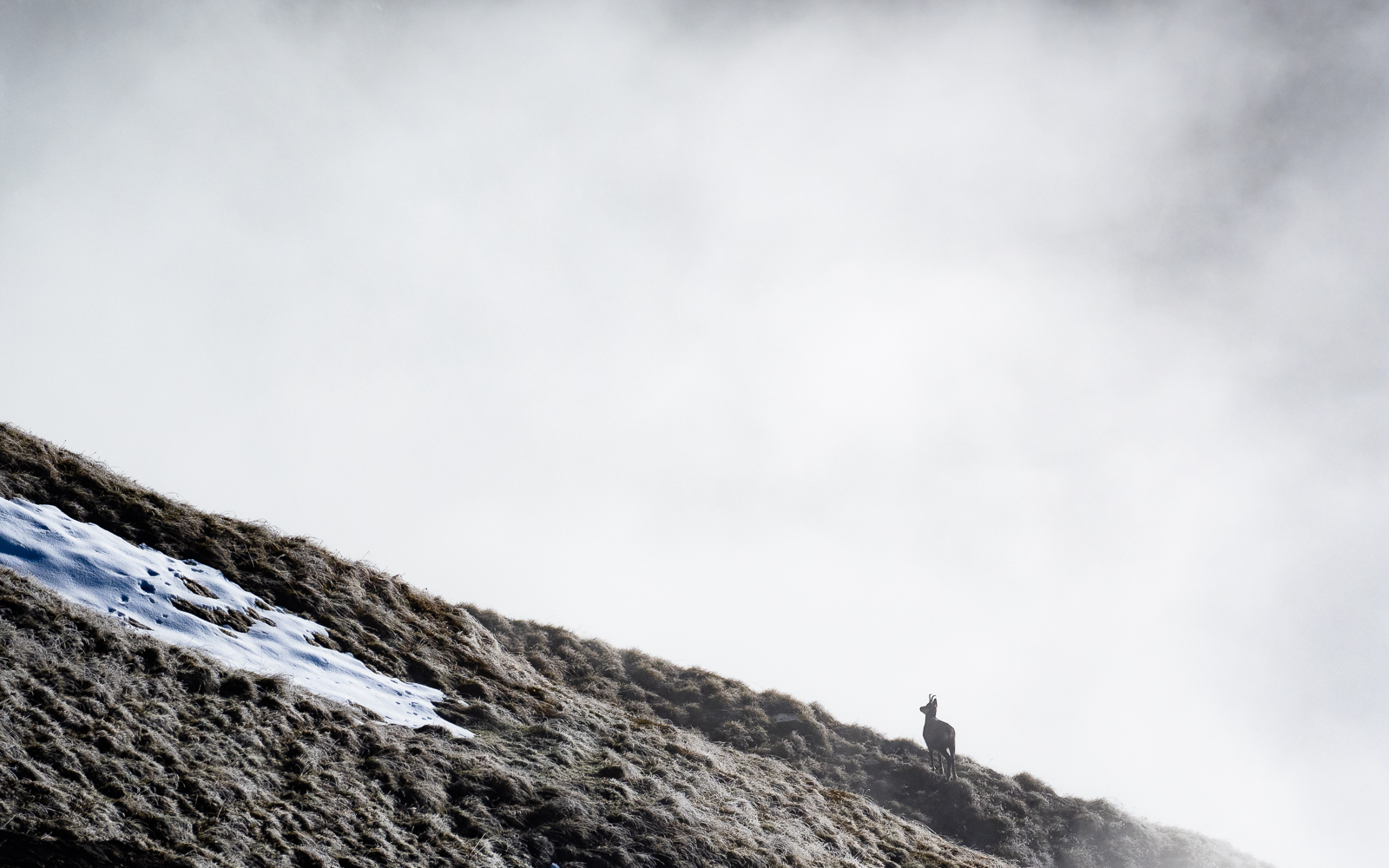
That day I was standing on a mountain about 2200m above sea level. An icy wind was blowing straight into my face and the weather was not the best that day either. Suddenly I saw a group of chamois far away running towards the mountain. As the distance was very long, I decided to take a picture that focused more on the atmosphere than on the animal itself. The chamois looking up and the thick cloud in the background give the picture the mood I wanted to capture. The rough and tough nature in the mountains.
Image chamois close
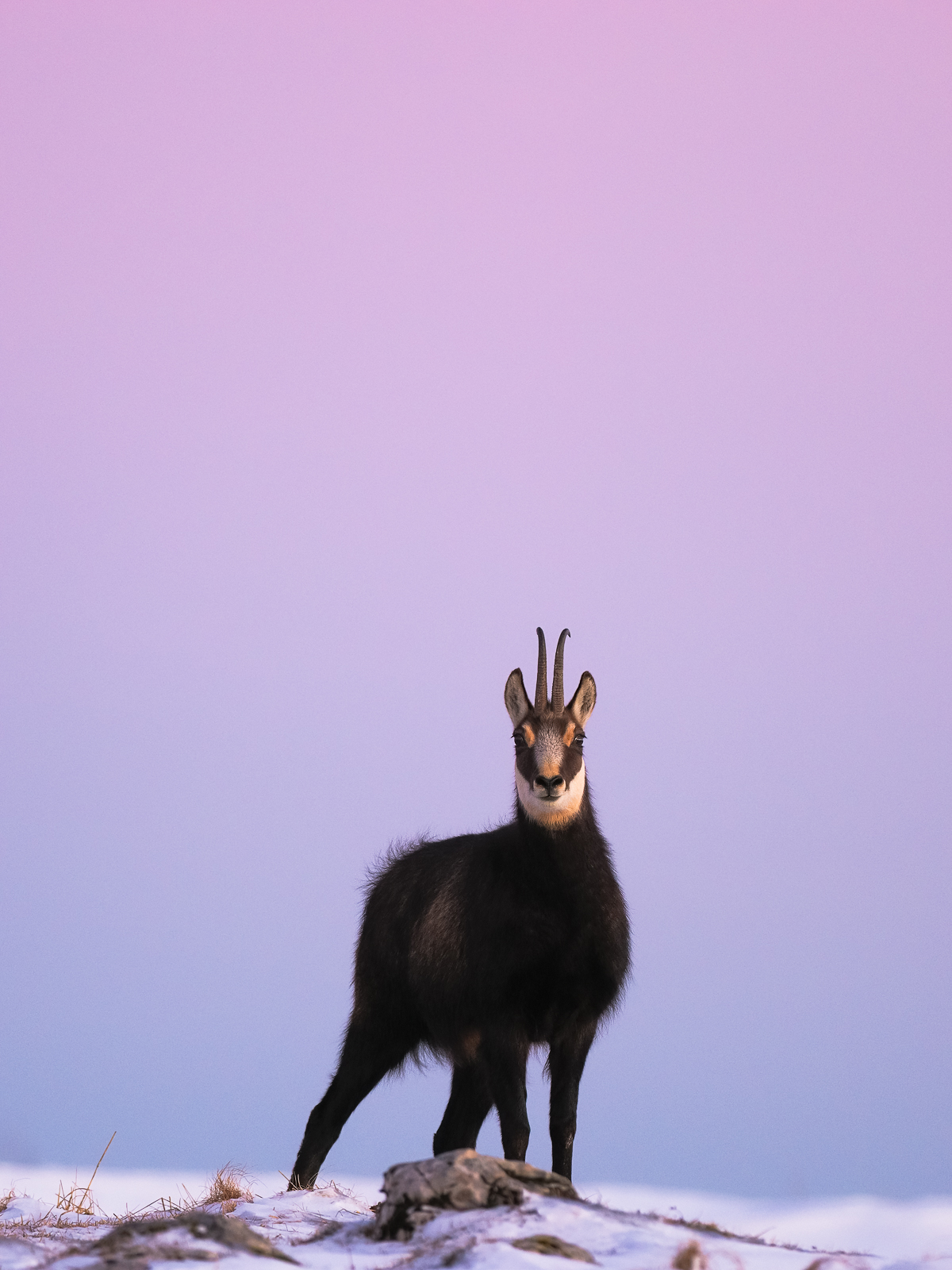
Driven by my first encounter with the chamois, I wanted to do it again. So I planned my next adventure into the mountains, hoping for some luck to see the animals again. I walked all day in the snow looking for tracks that indicated animals had been there recently. Once I found the tracks, it was just a case of wait...or keep looking? On this day I decided to stay close by and look for some cover. Not moving for a long time at -10 degrees is sometimes very hard. As the sun slowly set, I had almost given up hope. But suddenly a couple of chamois came running over the hill. After a short while they immediately spotted me and stopped. But since the animals are dependent on food in winter, they had no choice but to accept me. The important thing now is to just sit still and react to what is happening. Motionless on the ground, I was able to capture this beautiful evening atmosphere with a chamois. I forgot about my stiff fingers or my cold feet for a short time with this sight.
Crested Tit
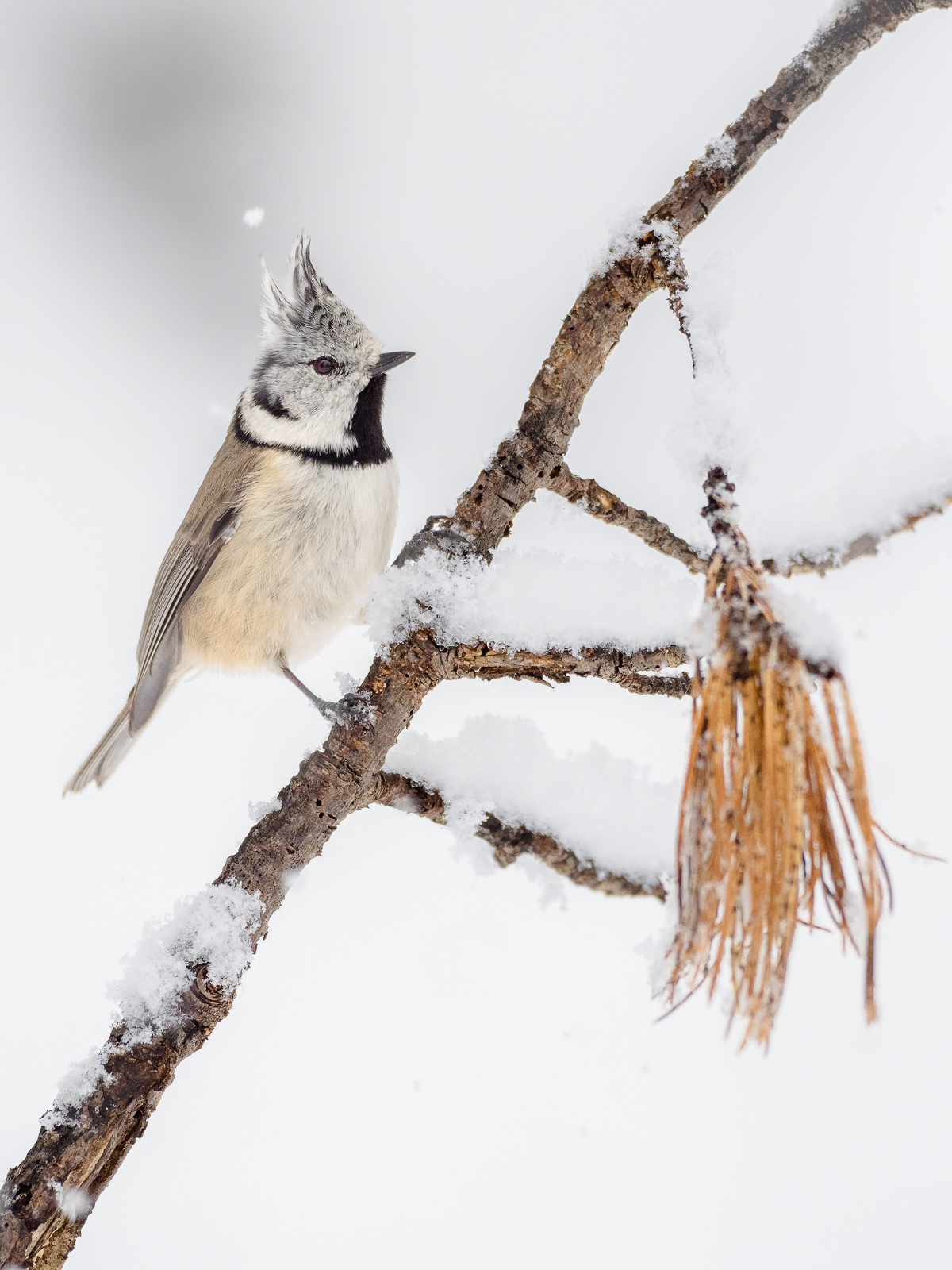
The weather forecast indicated snowfall and that was my signal to pack my rucksack. The idea was to photograph a crested tit in a winter landscape. There had been about 30-40cm of fresh snow during the night and so every step was quite exhausting. In such conditions, everything is quiet and it's like being in another world. Despite the silence around me, I couldn't hear any birds but I didn't let myself be distracted and kept walking. The snowfall was getting heavier and I was getting wetter. At that moment I heard the distinct shrill sound of the crested tit and I had to try my luck. I had to be patient until the snow calmed down and the birds started to fly again. They seemed to look at me and think, what is this lost person doing here all alone? Such moments only last a few seconds and you have to be able to react quickly despite the cold. The camera must already be set so that you can take care of the observation and pull the trigger at the right moment.
Stag
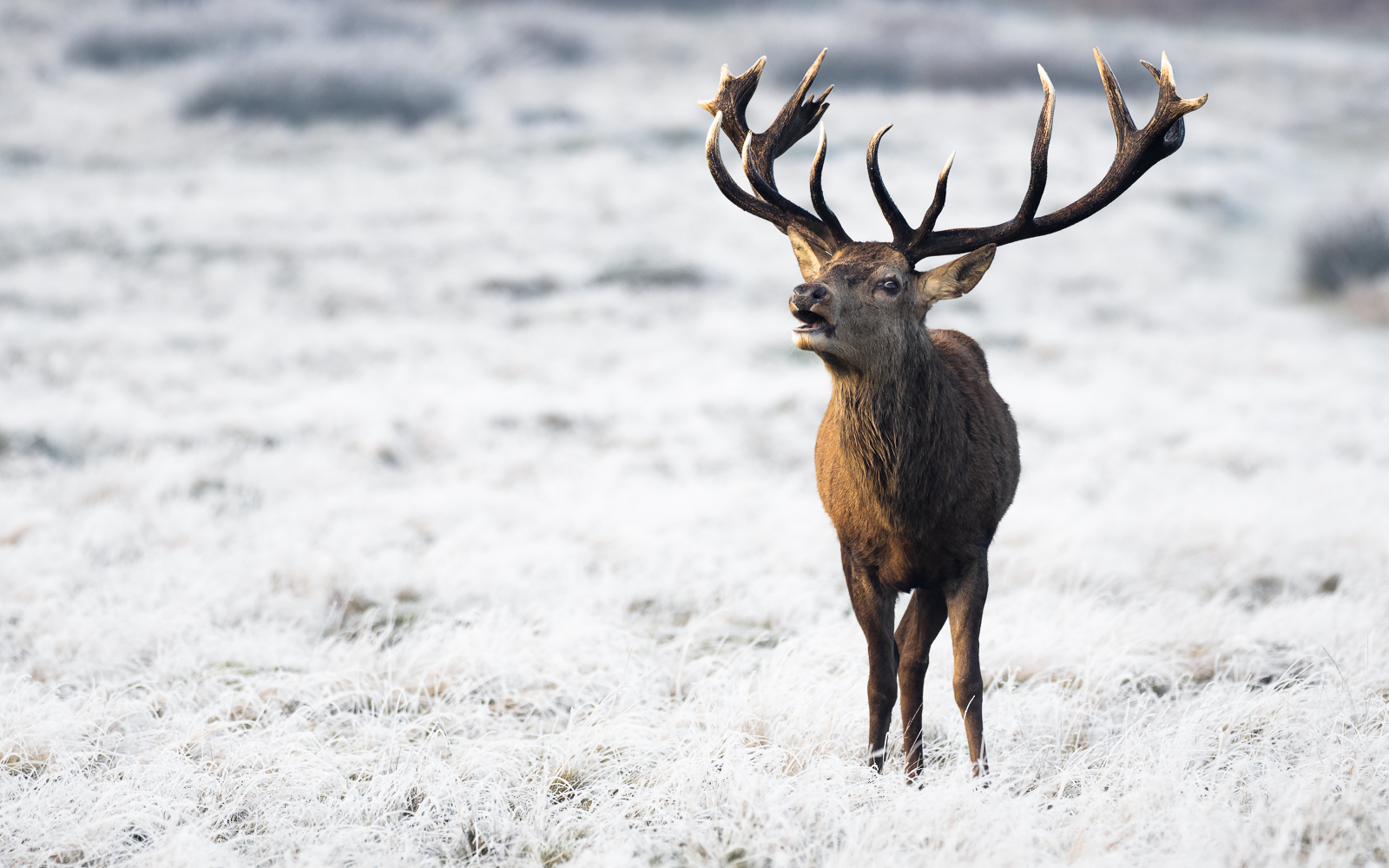
For this picture, my timing was crucial. Early in the morning, everything is still dark, I mounted my headlamp and started walking. My goal was to be at the scene of the action before sunrise. Of course, that alone doesn't mean that you'll see anything, but at least the time and the place are right. As soon as the sun is up, they disappear back into the forest. This morning there was no snow but it was a very cold and damp night. The meadow was literally frozen and looked just beautiful. I looked for a place at the edge of the forest and hid in the bushes. After several days without a single animal, a group of females appeared that morning and I hoped that I would also get to see the boss. Suddenly antlers emerged from the middle and I hoped so much that he would break away from the group for a brief moment. My wish would be heard for once and he moved towards that frozen meadow. What a great moment, brief but simply brilliant. The be-all and end-all in wildlife photography is patience and a strong will to just try again and again.
Fox
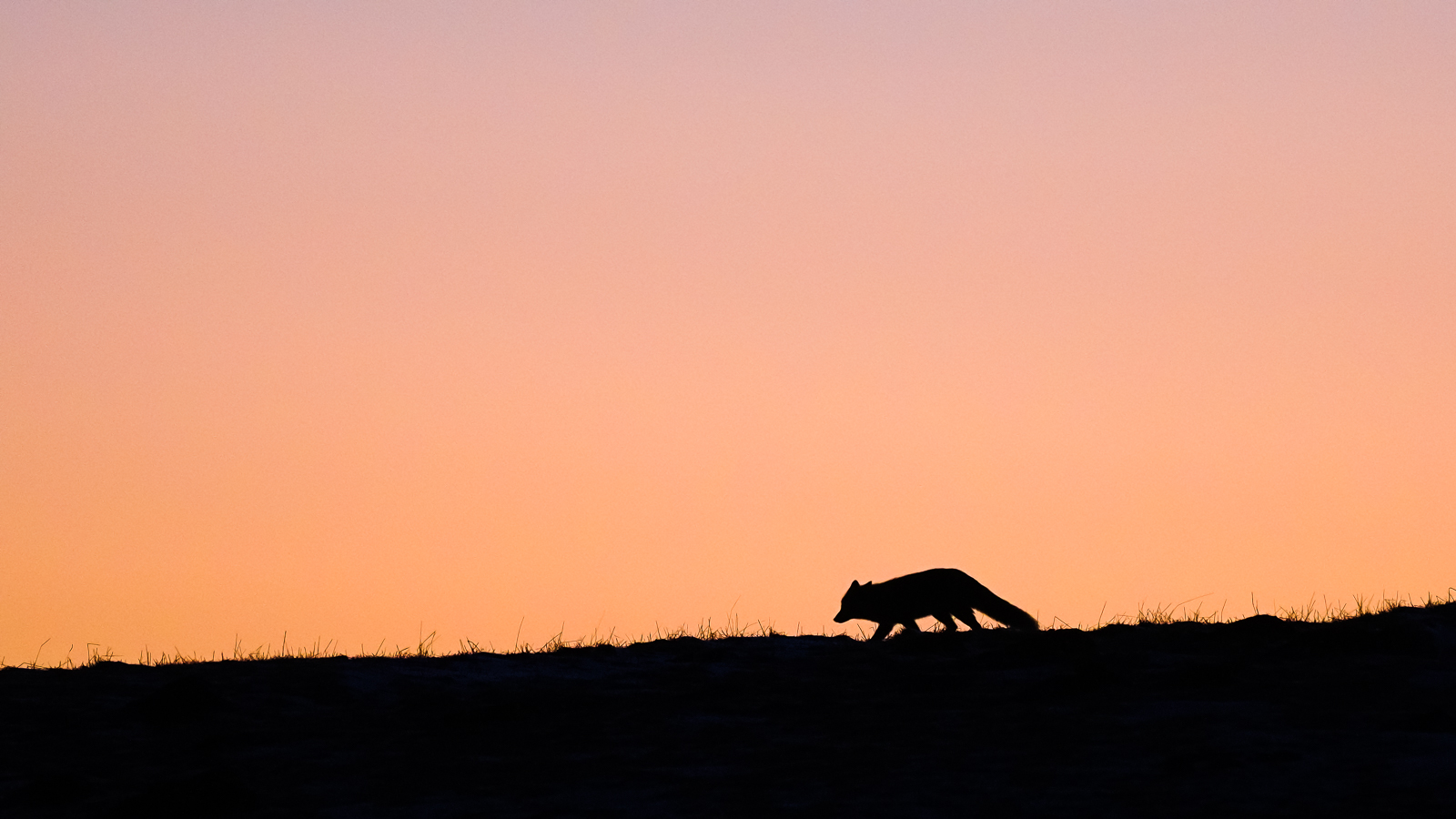
Not a typical winter picture, but it was much colder than you'd think. Actually, I was already on my way home. I was cold, my fingers were almost numb and my mind was already in the warmth of the living room. But there is one thing that photographing animals in nature has taught me. The camera is only packed into the rucksack when you are standing in front of the car or have arrived at home. True to the motto "It's not over until it's over!". This was also true for this evening. So I walked my way back and looked around and found the colours in the sky beautiful. The sun had already dipped behind the horizon and it was already very dark. Suddenly I saw a shadow flitting across the dark snowy landscape. The second time I took a closer look, the fox was already standing on the edge and I could only react. No more time for camera settings or thinking. Now everything has to fit! For me, this moment was one of the shortest, most intense and most surprising since I have been out in the wilderness. It proves to me once again that the ability to react to everything is incredibly important, as is a camera system that can cope with everything.
Winter Wildlife Tips

Winter offers very beautiful motifs, but not all animals are easy to photograph at this time. Planning an excursion is even more important than at any other time of year, because you have to brave the cold. No matter how warm you dress, as soon as you stop moving it gets cold. The spare batteries should always be carried close to the body and not in a cold rucksack.
One very important point should never be forgotten in winter. For the animals, winter is about survival and you should treat them with even more respect than usual. It is important not to chase the animals away, but to keep your distance. A good picture does not always have to be taken from very close up, it is important to integrate nature and light into the scene.
If it snows too much and the C-AF gets stuck on the snow. Then there are two options. Either reduce the C-AF sensitivity or change to S-AF.
In a situation with a lot of snow, i.e. a lot of white surface. Then it is always good to overexpose the camera a little. When you come home after a successful winter excursion, it is advisable to get the camera and lenses used to the temperature slowly and not to unpack them straight away. I usually wait a few hours and take the card out of the camera beforehand to save the pictures.
Andre Boss.
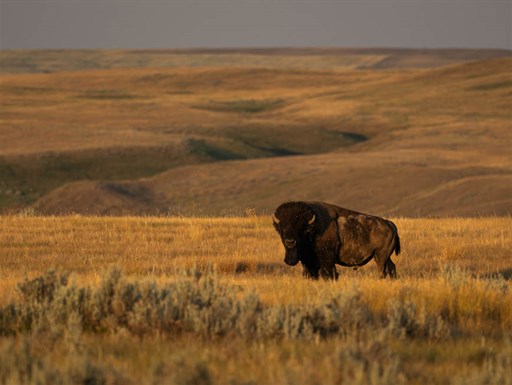
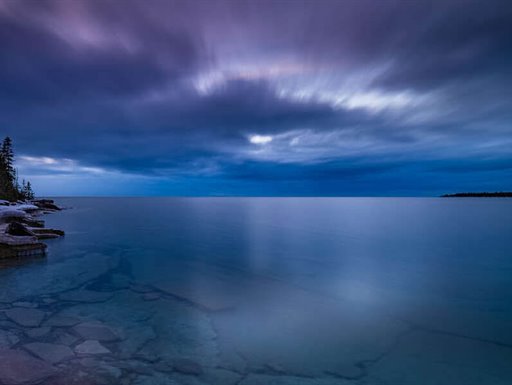
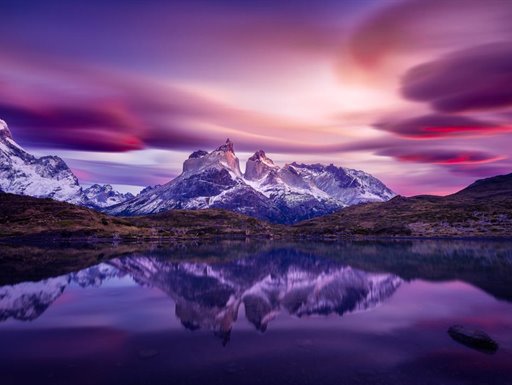
Comments
Show more comments (0)